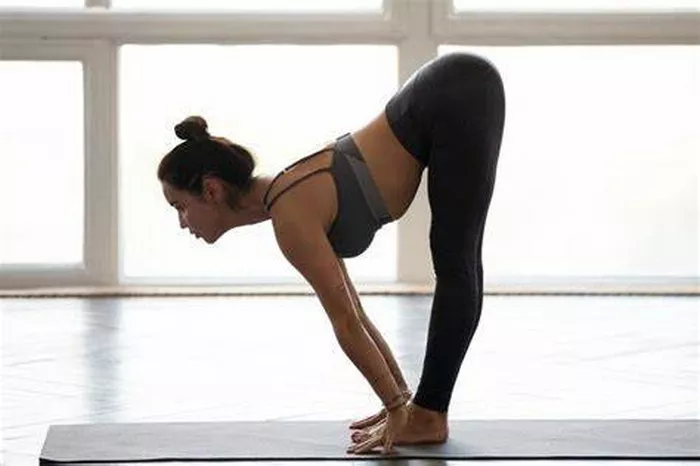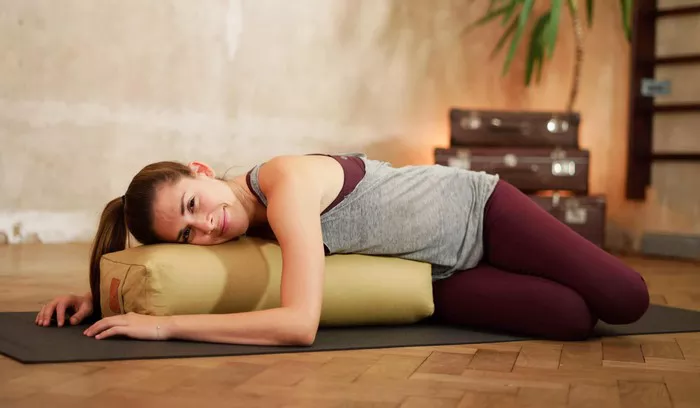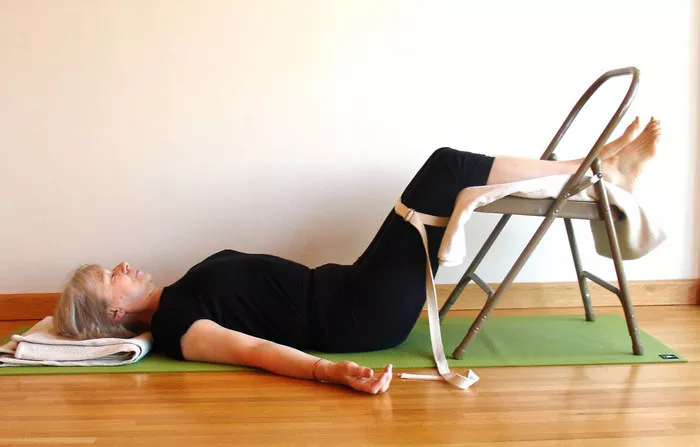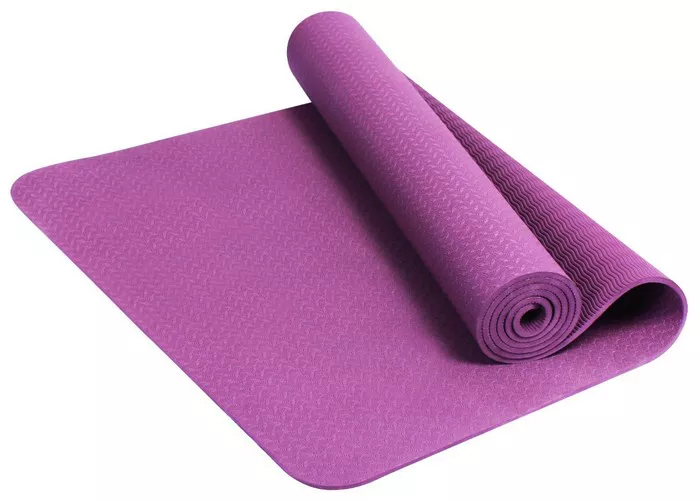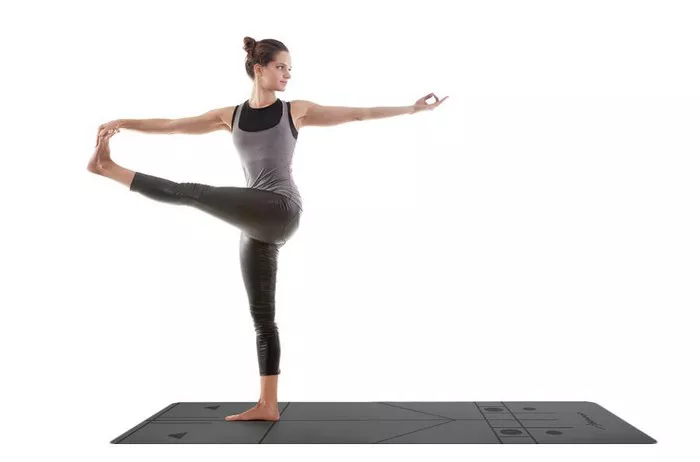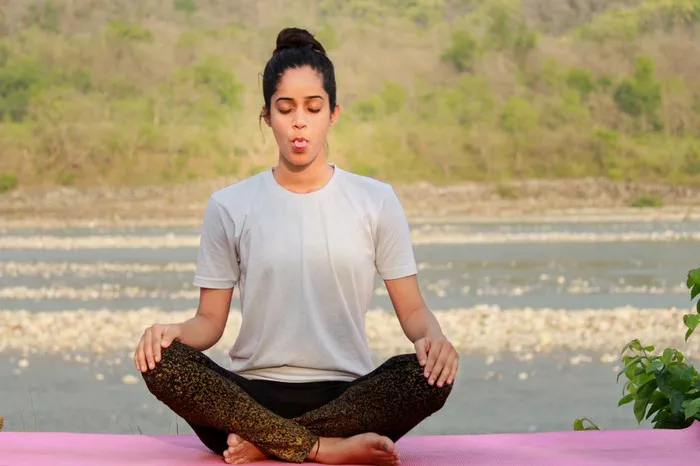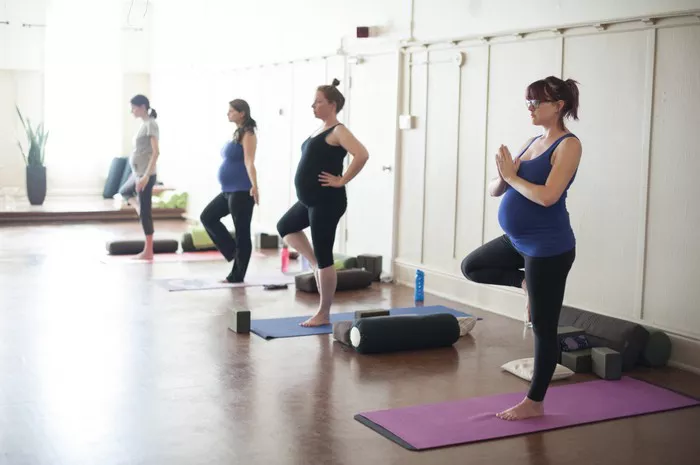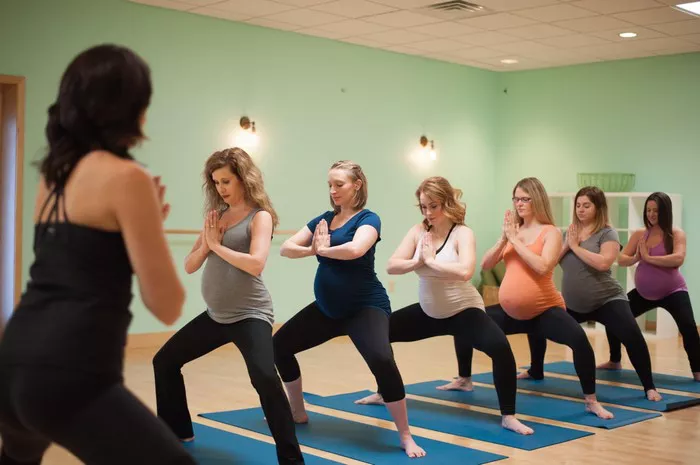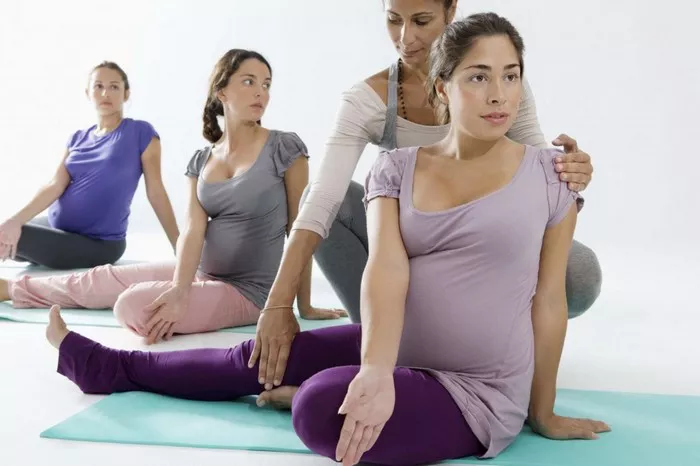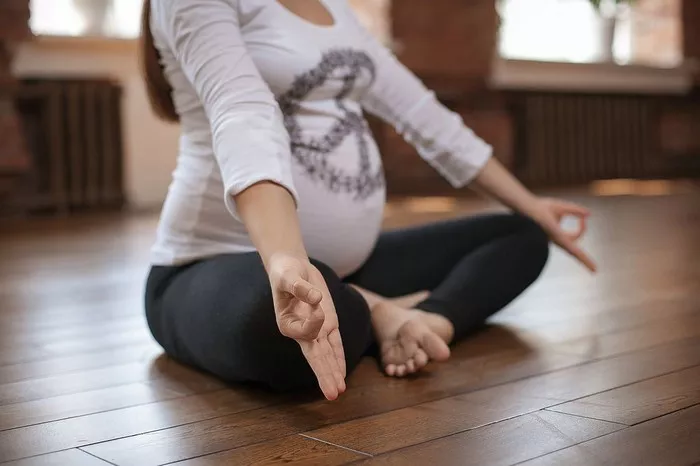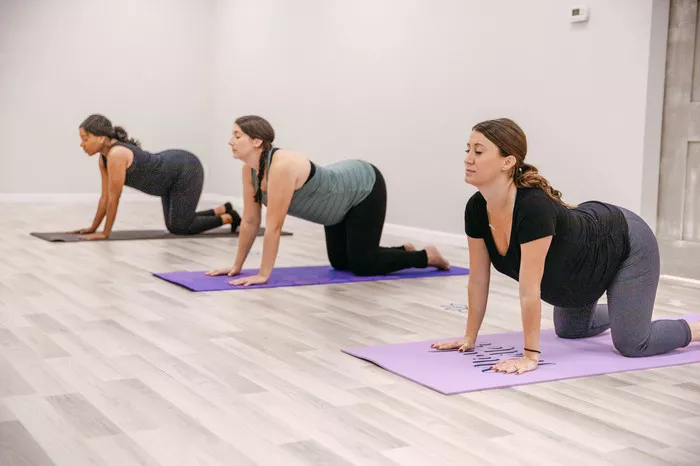Yoga has gained immense popularity worldwide for its ability to enhance physical strength, mental clarity, and emotional balance. Among the many styles of yoga, Hatha and Vinyasa stand out as two of the most widely practiced. Both styles offer unique benefits and cater to different preferences and fitness levels. However, a common question among beginners and experienced practitioners alike is: “Which one is harder?” To answer this question, we must explore the key differences between Hatha and Vinyasa yoga, including their structure, intensity, benefits, and challenges.
Understanding Hatha Yoga
Hatha yoga is often considered the foundation of all yoga practices. The term “Hatha” is derived from the Sanskrit words “Ha” (sun) and “Tha” (moon), symbolizing the balance between opposites. This style of yoga is characterized by a slow-paced, methodical approach that focuses on holding postures (asanas) for extended periods while incorporating deep breathing and mindfulness.
Key Features of Hatha Yoga:
Slow and Steady: Poses are held for longer durations, typically between 30 seconds to several minutes.
Focus on Alignment: Emphasis is placed on proper posture, breath control (pranayama), and meditation.
Great for Beginners: Because of its slower pace, Hatha yoga is ideal for those new to yoga or those seeking a gentle practice.
Mind-Body Connection: Encourages deep relaxation, flexibility, and body awareness.
Benefits of Hatha Yoga:
- Enhances flexibility and joint mobility
- Builds strength through sustained postures
- Improves balance and posture
- Reduces stress and promotes mental clarity
- Supports respiratory health through breathwork
Challenges of Hatha Yoga:
While Hatha yoga is often perceived as “easier” because of its slower pace, it presents its own challenges:
- Holding Poses Longer: Maintaining a posture for an extended period requires endurance and muscular engagement.
- Patience and Focus: Unlike fast-paced workouts, Hatha yoga demands mindfulness and concentration.
- Deep Stretching: Some postures can be intense, especially for those with limited flexibility.
Understanding Vinyasa Yoga
Vinyasa yoga, often referred to as “flow yoga,” is a dynamic practice that links breath with movement in a continuous sequence. The word “Vinyasa” means “to place in a special way,” emphasizing the smooth transitions between poses. Unlike Hatha yoga, which focuses on holding poses, Vinyasa is characterized by fluid, fast-paced sequences.
Key Features of Vinyasa Yoga:
- Continuous Movement: Poses are connected in a flowing sequence, often resembling a dance-like rhythm.
- Breath-Synchronized: Every movement is linked to an inhale or exhale.
- Varied Sequences: No two Vinyasa classes are the same, offering diversity and creativity in practice.
- Cardiovascular Workout: The fast pace and continuous flow elevate heart rate and improve endurance.
Benefits of Vinyasa Yoga:
- Enhances cardiovascular health and stamina
- Builds strength through weight-bearing movements
- Improves flexibility through dynamic stretching
- Promotes mindfulness through breath awareness
- Encourages calorie burn and weight management
Challenges of Vinyasa Yoga:
Vinyasa yoga is often considered more physically demanding due to its fast pace and intensity:
Physical Endurance: Moving continuously without long breaks can be exhausting.
Coordination and Agility: Requires synchronization of breath and movement.
Strength and Stability: Involves weight-bearing poses like Chaturanga and balancing postures.
Risk of Injury: Rapid transitions can lead to misalignment or strain if not practiced mindfully.
Hatha vs. Vinyasa: Which Is Harder?
Determining which yoga style is “harder” depends on several factors, including physical fitness level, personal preference, and specific goals.
Physical Intensity: Vinyasa is generally more physically demanding than Hatha yoga. The continuous movement and lack of prolonged rest make it more challenging for endurance and strength. Hatha, on the other hand, may be difficult for those who struggle with holding poses for longer durations.
Flexibility and Strength: Hatha yoga emphasizes deep stretching and strength-building through static holds. This can be challenging for individuals with tight muscles or limited mobility. Vinyasa, however, builds flexibility dynamically and requires more upper-body and core strength.
Cardiovascular Challenge: Vinyasa yoga provides a more intense cardiovascular workout, making it more demanding for those unaccustomed to higher energy expenditure. Hatha yoga, with its slower pace, is less likely to increase heart rate significantly.
Mental Challenge: Hatha yoga requires patience, stillness, and mindfulness, which can be mentally demanding for those who prefer fast-paced activities. Vinyasa, while also requiring concentration, allows for a more continuous and meditative movement experience.
Best for Beginners: If you are new to yoga, Hatha is often the preferred choice because of its slower pace and focus on foundational alignment. However, if you enjoy dynamic movement and a more workout-like experience, Vinyasa may be more appealing.
Best for Stress Relief: Both styles offer stress-relief benefits, but Hatha yoga is particularly effective for calming the nervous system through deep breathing and meditation. Vinyasa, while also beneficial for mental well-being, is often more invigorating than relaxing.
Conclusion
Ultimately, the question of whether Hatha or Vinyasa is harder depends on the individual’s fitness level, goals, and personal preferences. If you seek a slow, meditative practice that emphasizes alignment and relaxation, Hatha yoga may be the better choice. If you prefer a more physically demanding, fast-paced practice that builds strength and endurance, Vinyasa may be the right fit.
Rather than viewing one as harder than the other, it is more useful to see them as complementary practices. Many yogis incorporate both styles into their routine to enjoy the diverse benefits they offer. Regardless of which style you choose, consistency and mindful practice are key to reaping the full rewards of yoga.
Related Topics:

